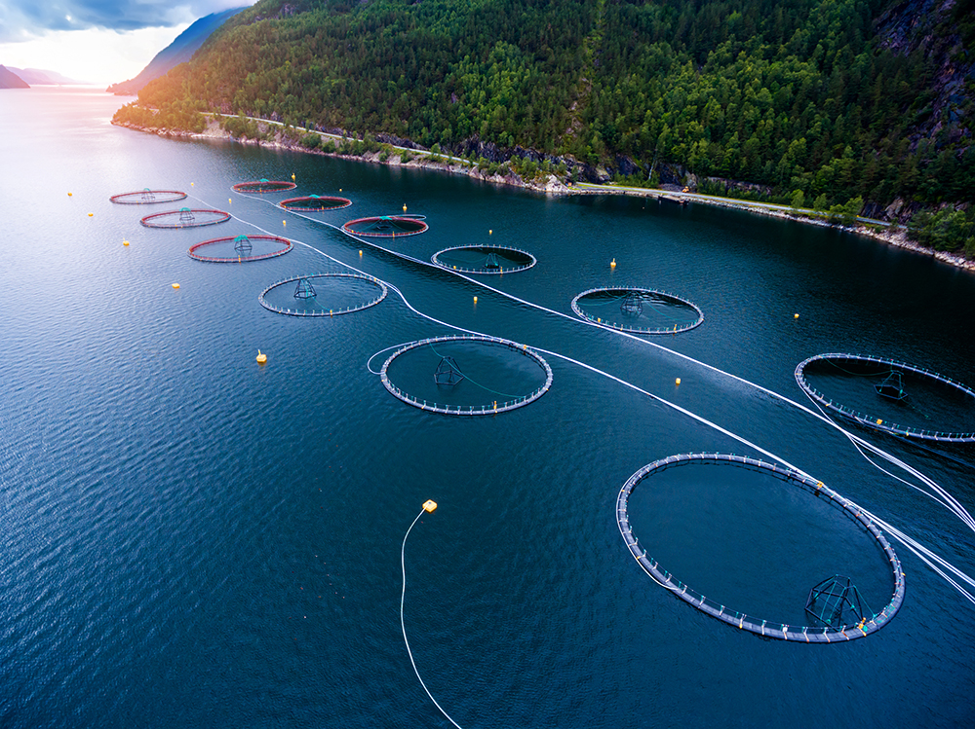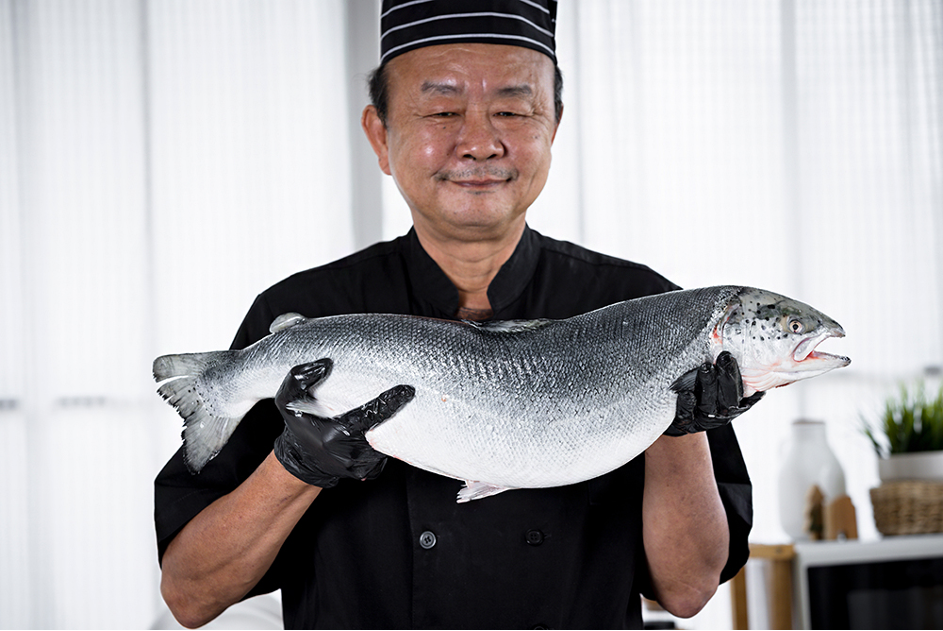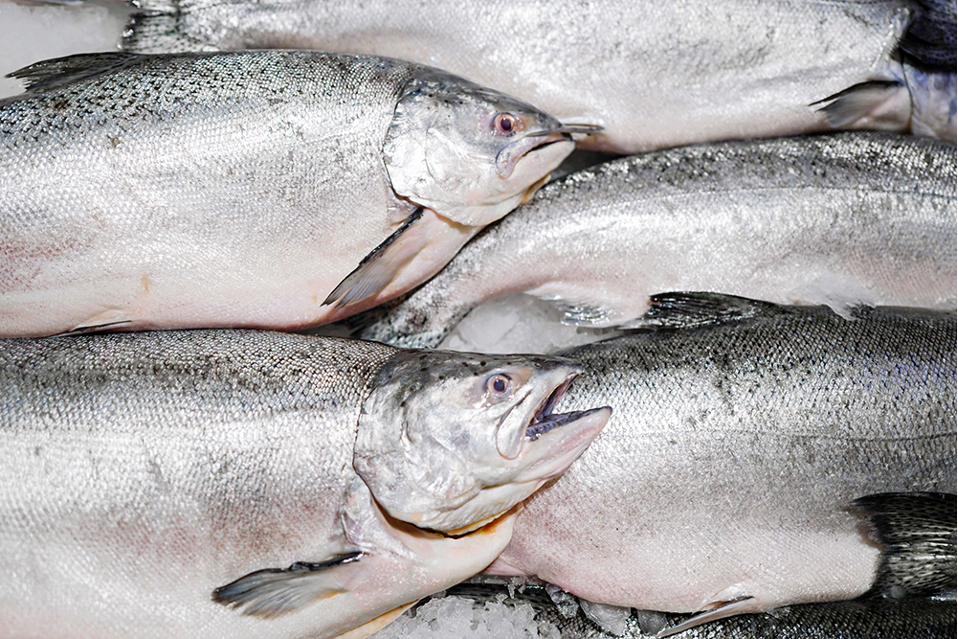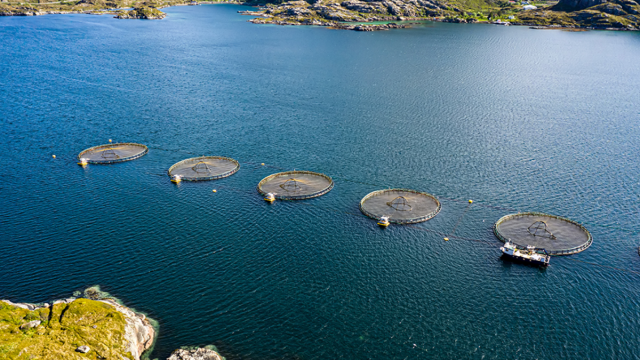The salmon processing industry is a critical sector within the global seafood market, known for its rapid growth and innovation. The market has expanded due to increased consumer demand for salmon, valued for its nutritional benefits and culinary versatility. In 2023, the salmon fish market was worth approximately USD 17.3 billion and is expected to grow at over 8.6% CAGR from 2024 to 2032.
Salmon processing involves a series of complex stages, from sorting and gutting to filleting and packaging. This requires sophisticated fish processing equipment and specialized machines. The industry employs automation and robotics to reduce labor costs and increase efficiency. There is also a focus on sustainability, with companies adopting eco-friendly practices, reducing waste, and minimizing energy consumption.
Why Salmon is So Important
Contents
- Why Salmon is So Important
- Cultural Impact
- Sustainability and Environmental Concerns
- Popularity of Salmon in the U.S. Market
- Top 10 Salmon Processing Industry Trends
- 1. Automation and Robotics in Salmon Processing
- 2. Sustainability and Environmental Practices
- 3. Advanced Quality Control Systems
- 4. Health and Safety Innovations
- 5. Traceability and Transparency
- 6. Customization and Flexibility in Equipment Design
- 7. Expansion of Value-Added Products
- 8. Increased Use of Software and Data Analytics
- 9. Focus on Employee Training and Development
- 10. International Collaboration and Partnerships
Salmon holds a unique place in the global food industry for several reasons. Its importance is tied to its nutritional value, economic significance, and role in sustainable food systems.
Nutritional Value
Salmon is a rich source of essential nutrients, offering high-quality protein, omega-3 fatty acids, vitamins D, A, E, B6, and B12, as well as minerals like potassium, iron, and zinc. These nutrients are crucial for maintaining good health, supporting heart function, brain health, and overall well-being. Omega-3s, in particular, are known to reduce inflammation and improve cardiovascular health.
Economic Significance

The salmon industry represents a substantial segment of the global seafood market. In 2023, the salmon fish market was valued at approximately USD 17.3 billion. It plays a significant role in the economies of major salmon-producing countries like Norway, Chile, and Scotland. According to the Norwegian fish processing equipment supplier Normar Trading AS, in 2022, Norway exported 1,255,851 tons of salmon worth NOK 105.8 billion, illustrating the economic impact of salmon production and export.
Cultural Impact

Salmon is integral to many cultures, from indigenous traditions in North America to culinary practices in Europe and Asia. It is a staple in various dishes, from sushi in Japan to smoked salmon in Scandinavia. This cultural significance contributes to the continued demand for salmon globally.
Sustainability and Environmental Concerns
Salmon also plays a role in sustainable food systems. While there are environmental concerns associated with salmon farming, such as waste management and overfishing, the industry is adopting more sustainable practices. These include reducing antibiotic use, implementing responsible waste management, and sourcing organic feed. The emphasis on sustainability aligns with consumer demands for eco-friendly products and ensures that salmon remains an important part of global food systems.
Popularity of Salmon in the U.S. Market

Moreover, during the COVID-19 pandemic, frozen salmon fillets gained popularity in the U.S. market, driven by a need for convenience and longer shelf life. This trend, along with the traditional preference for fresh salmon, has shaped the current market dynamics. Norwegian exports continue to lead, with Norway exporting 1,255,851 tonnes of salmon worth NOK 105.8 billion in 2022, demonstrating a 30% increase in value compared to 2021.
Top 10 Salmon Processing Industry Trends

As of 2023, salmon was the most-consumed fish in Europe and the second most-consumed fish in the United States, with over 2.4 million tons produced worldwide annually. This rapid growth has driven significant innovation in fish processing equipment and salmon processing technologies. In this context, several key trends have emerged that are shaping the future of the salmon processing industry.
1. Automation and Robotics in Salmon Processing
Automation has become a cornerstone in salmon processing. Advanced fish processing equipment now incorporates robotics and AI, allowing for precision and efficiency. These systems can sort, cut, and package salmon with minimal human intervention, reducing labor costs and increasing productivity. Suppliers of salmon processing machines offer automated solutions that are also more hygienic, reducing the risk of contamination. The use of robotics in salmon processing helps ensure consistent quality and allows companies to meet stringent safety regulations.
2. Sustainability and Environmental Practices
The industry is under pressure to reduce its environmental impact. Trends toward sustainable practices involve reducing waste, recycling, and minimizing energy consumption. Salmon processing equipment manufacturers are creating energy-efficient machines, while companies are focusing on sustainable sourcing and responsible waste management. This trend not only benefits the environment but also aligns with consumer demand for eco-friendly products.
3. Advanced Quality Control Systems
Quality control is crucial in the salmon processing industry. Advanced sensors and imaging technologies are used to detect defects, ensuring only the best-quality salmon reaches the market. These systems can identify irregularities in texture, color, and size. Companies that invest in sophisticated quality control can improve their brand reputation and customer satisfaction.
4. Health and Safety Innovations
Salmon processing involves many health and safety risks. Trends in this area focus on improved safety equipment and protocols to protect workers. New salmon processing equipment is designed with safety in mind, including features like guards and automated shutdown systems to prevent accidents. This trend has a direct impact on reducing workplace injuries and ensuring a safer environment for employees.
5. Traceability and Transparency
Consumers and regulators demand greater traceability in food products. This trend requires companies to implement systems that track salmon from source to plate. Advanced data tracking technologies allow for detailed records of the salmon’s journey through the processing chain. This level of transparency builds trust with consumers and meets regulatory compliance, which is critical for export markets.
6. Customization and Flexibility in Equipment Design
Salmon processing machines suppliers now offer customizable equipment to meet the unique needs of different processors. This trend enables companies to adapt quickly to changing market demands and product specifications. Flexibility in equipment design is essential for processors who want to differentiate their products or explore new value-added options.
7. Expansion of Value-Added Products
The trend towards value-added products is gaining momentum. Instead of selling whole fish, many companies focus on creating ready-to-cook or ready-to-eat salmon products. This trend drives innovation in salmon processing equipment, allowing for more specialized processing techniques. Companies that embrace this trend can tap into new market segments and increase their profit margins.
8. Increased Use of Software and Data Analytics
Software and data analytics are transforming the salmon processing industry. These tools help companies optimize their operations by providing insights into efficiency, productivity, and quality. Data-driven decision-making allows processors to identify bottlenecks and improve their overall workflow. The use of software also facilitates compliance with industry regulations and standards.
9. Focus on Employee Training and Development
With advancements in fish processing equipment, there is a growing need for skilled operators. Companies are investing in training and development programs to ensure their workforce is equipped with the necessary skills to operate complex salmon processing machines. This trend helps companies maintain high production standards and fosters a culture of continuous improvement.
10. International Collaboration and Partnerships
The final trend involves international collaboration and partnerships among companies in the salmon processing industry. These partnerships allow for knowledge sharing, joint ventures, and access to new markets. This trend is particularly important for smaller companies seeking to expand their reach or leverage the expertise of larger industry players. Collaborations also encourage the adoption of best practices across the industry, fostering innovation and growth.


